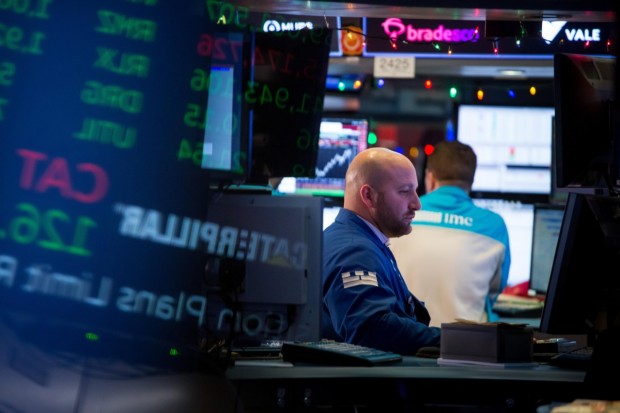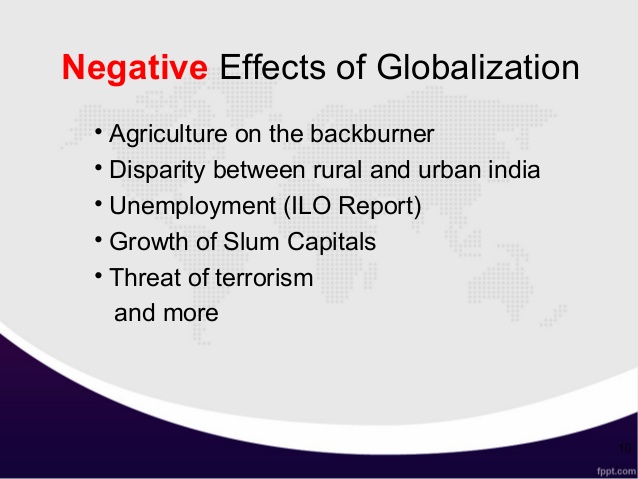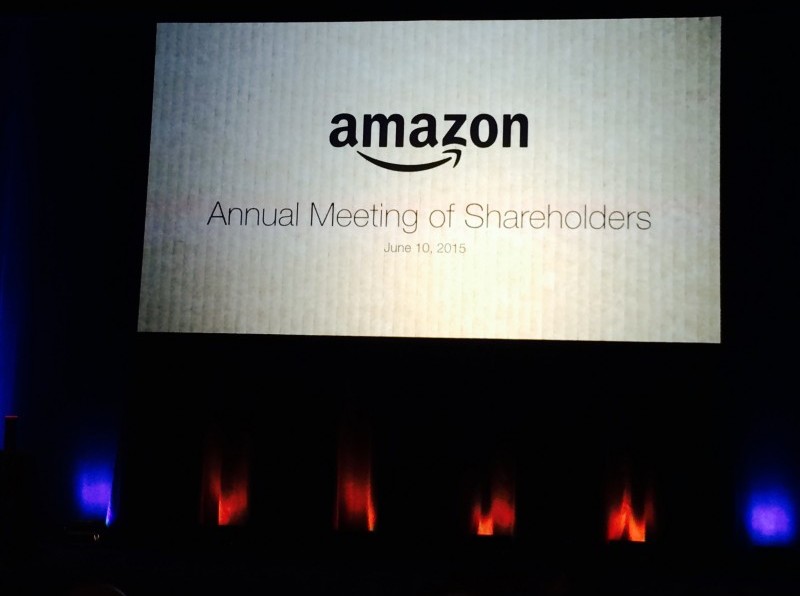
Concept and Tools : Global Value Chains Global Council for the Promotion of International Trade
Contents:


Procurement refers to a process of buying resources and is an example of a value chain analysis. Marketing is sales when goods are advertised and promoted in the entire market to generate or increase sales. Checkpoints of ineffectiveness in the internal process and suggest corrective measures for change.
In other words, by looking into internal activities, the analysis reveals where a firm’s competitive advantages or disadvantages are. The firm that competes through differentiation advantage will try to perform its activities better than competitors would do. If it competes through cost advantage, it will try to perform internal activities at lower costs than competitors would do. When a company is capable of producing goods at lower costs than the market price or to provide superior products, it earns profits. For instance, McDonald’s mission is to supply prospects with low-priced food objects.
This approach is used when organizations try to compete on costs and want to understand the sources of their cost advantage or disadvantage and what factors drive those costs. Given the many subsequent management tools and techniques that have evolved from Porter’s original concept (referred to in Issue 8, pages 3-4), it is instructive to go back to the roots of his thinking. Although he did not develop the idea at the time, Porter also saw the concept of a value chain as important in terms of how organisations are structured.
Value Chain Analysis: An Insight into the Fashion Industry
Value Chain, on the other hand, is largely concerned with delivering value for money in the form of a product or service. Supply chain refers to the coordination of all operations, people, and businesses involved in moving a product from one location to another. The term “value chain” refers to a series of actions that add value to a commodity at each stage before it reaches the final customer. F a number of activities, namely primary activities and support activities. Identify cost drivers for each activity.Only by understanding what factors drive the costs, managers can focus on improving them.
Role of recycling for resilient solar photovoltaic supply chains – IEEFA
Role of recycling for resilient solar photovoltaic supply chains.
Posted: Mon, 01 May 2023 09:20:52 GMT [source]
A value chain is a set of processes used by a business or organization to produce revenue. In other words, a value chain is made up of various subsystems that collaborate to create products or services. Both value chain and supply chain have common goals but adopt a different methodology. Both concepts aim to satisfy the customers with affordable and stylish products while keeping their operations smooth and efficient at all times.
Primary activities include the following
It is undertaken in an effort to help the value chain analysis example position itself against its competitors in the pursuit of competitive advantage. Porter suggests that value chain evaluation can be a useful method in creating technique. Inbound logistics is when the company involved in the production process receives, stores, and distributes its inputs. The concept of the supply chain originated from operational management textbooks, whereas the value chain concept comes from practical business management concepts. Helps analyse and answer every single question of a business about how it can provide value to its customers. It is a valuable and strategic technique employed by a business to identify if there is any chance of innovation in a product.
Mapping out a worth chain could be an effective way to visualise all processes and see how they’re impacting each the company and customers. To conduct a value chain evaluation, a enterprise should start by identifying every part of its manufacturing process, noting steps that can be eradicated and different attainable improvements. In doing so, businesses can determine where the most effective value lies with prospects, and increase or improve said value, resulting in either value financial savings or enhanced production. At the end of the method, clients can enjoy high-quality products at lower prices. Here it considerations the concept how value support activities similar to firm infrastructure, human useful resource management, know-how development and procurement can create value within the main actions.
Strategic Management
For example, expenditure on labor can be cut down with the help of further. Expensive secondary activities such as logistics can be outsourced; by doing so, businesses can almost entirely do away with spending on warehousing and transportation. Captive value chains.Small suppliers are reliant on larger, dominant buyers in this network-style GVC governance pattern.
Identify the best sustainable differentiation.Usually, superior differentiation and customer value will be the result of many interrelated activities and strategies used. The best combination of them should be used to pursue sustainable differentiation advantage. Value chain represents the internal activities a firm engages in when transforming inputs into outputs.
Nowadays, competitive advantage mainly derives from technological improvements or improvements in business models or processes. Therefore, such assist actions as ‘data techniques’, ‘R&D’ or ‘basic administration’ are usually crucial supply of differentiation advantage. On the opposite hand, main actions are often the supply of price advantage, where costs can be simply recognized for each exercise and correctly managed. After identifying the primary and support activities, businesses should identify the cost drivers for each activity. For a more labor-intensive activity, cost drivers could include how fast work is completed, work hours, wage rates, etc. Businesses should identify links between activities, if costs are reduced in one area, then it can be reduced in another.
It recognizes the valuable activities and activities with scope for improvement. The highly competitive fashion industry can benefit from this value chain analysis to perform the essential tasks better than the closest competitor. Technological development– These activities relate to managing and processing information, as well as protecting a company’s knowledge base.
The revolution of change driven by the value chain analysis in the fashion industry is enhanced by digital tools. Customers are becoming vocal-like never before, and hence it is important even for the top fashion houses to invest in the value chain analysis. It helps improve the status of products or services taken positively by the customers. When linked to the highly evolving fashion industry, the value chain analysis is the strategy tool that can analyze the internal activities of the business.
Marketing and sales– These are the processes you use to persuade clients to purchase from you instead of your competitors. The benefits you offer, and how well you communicate them, are sources of value here. Advantages of Value Chain Analysis With value chain analysis, you can easily identify those activities where you can quickly reduce cost, optimize effort, eliminate waste, and increase profitability. Analyzing activities also gives insights into elements that bring greater value to the end user. A company, while doing an analysis, implements it as a strategy to increase the value of the business.
Apple of our eye, make in India 2.0India’s new pragmatism over building manufacturing value chains is expected to accelerate technology transfer. Large Indian companies are seeking roles higher up in Apple’s food chain such as retailing. As Apple expands its offerings further in services, it will need to diversify its data centre capacity.
- Identify which ones give you the most value, the ones that add value at every stage.
- Value chain model is, as it’ll help us better understand the concept of value chain analysis.
- A value chain analysis helps you recognize ways you can reduce cost, optimize effort, eliminate waste and increase profitability.
Although, primary activities add value directly to the production process, they are not necessarily more important than support activities. Nowadays, competitive advantage mainly derives from technological improvements or innovations in business models or processes. Therefore, such support activities as ‘information systems’, ‘R&D’ or ‘general management’ are usually the most important source of differentiation advantage. On the other hand, primary activities are usually the source of cost advantage, where costs can be easily identified for each activity and properly managed. It involves the inputs of other strategic partners, such as material suppliers, finished goods wholesalers, and final customers. The main objective is to conduct value chain activities more efficiently, and ultimately surpass industrial competitors.
Concept and Objective
On the other hand, the supply chain involves different basic steps that include planning, sourcing, delivery, returns, etc. It is the detailed process of offering the product from the fashion business’s manufacturing to the end-user. The supply chain is managed by dedicated experts who keep a vigilant eye on the different steps and ensure coordination of various parties in delivering the products to customers. This chain is made up of 9 steps and the process can be changed in any of the nine steps to add further value to the final product. If a company wants to add customer value in all the processes that it does, it has to refer to the Value Chain. All the primary activities of the Supply chain ecosystem are carefully planned and controlled by the Supply chain management process.
In order to achieve desired results, the company has to match and then exceed their competitors, and even discover what the customers want and satisfy their expectations. Strategic analysis helps the company focus its plan and hence achieve a competitive advantage. A strategic management accounting technique used to measure the importance of the customer’s perceived value is value chain analysis.
Everything in the supply chain is a conveyance, which refers to a commodity transferred from one business to the other, while the main function of the value chain is to add value to the commodity. Starbucks is very well-known for use of technology, not only for coffee-related processes but to connect to its customers. Many customers use Starbucks stores as makeshift office or meeting place because of the free and unlimited WiFi. Back in 2008, the company launched a platform where customers could ask questions, give suggestions and openly express opinions and share experiences; the company has implemented some of the suggestions, including for its rewards program, from this forum. Starbucks also uses Apple’s iBeacon system. Customers can order a drink through the Starbucks phone app and get a notification of its readiness when they walk in the store. Company-appointed coffee buyers select the finest quality coffee beans from producers in Latin America, Africa and Asia.

Porter helped represent a chain of activities common to every kind of business, segregated into primary and support activities. These activities were called building blocks for a business to produce a product that adds value to its end customers. Starbucks invests more in superior quality products and high level of customer service than in aggressive marketing.
Organic Bedding Market size to hit USD 508.95 Mn by 2029 at a … – InvestorsObserver
Organic Bedding Market size to hit USD 508.95 Mn by 2029 at a ….
Posted: Thu, 04 May 2023 11:10:12 GMT [source]
Offering high-quality products to the customers by minimizing the supply chain costs is the primary purpose of any value chain analysis. The first 5 are the primary activities which are the basics in any company and are the activities which provide strength and sustainability to the company. The remaining 4 are the support activities or also known as the secondary activities and these are used by the company for differentiation as well as maintenance of the organization. Both, the primary as well as the secondary activities are necessary for the firm to survive.
